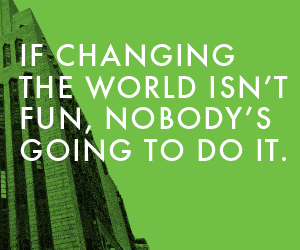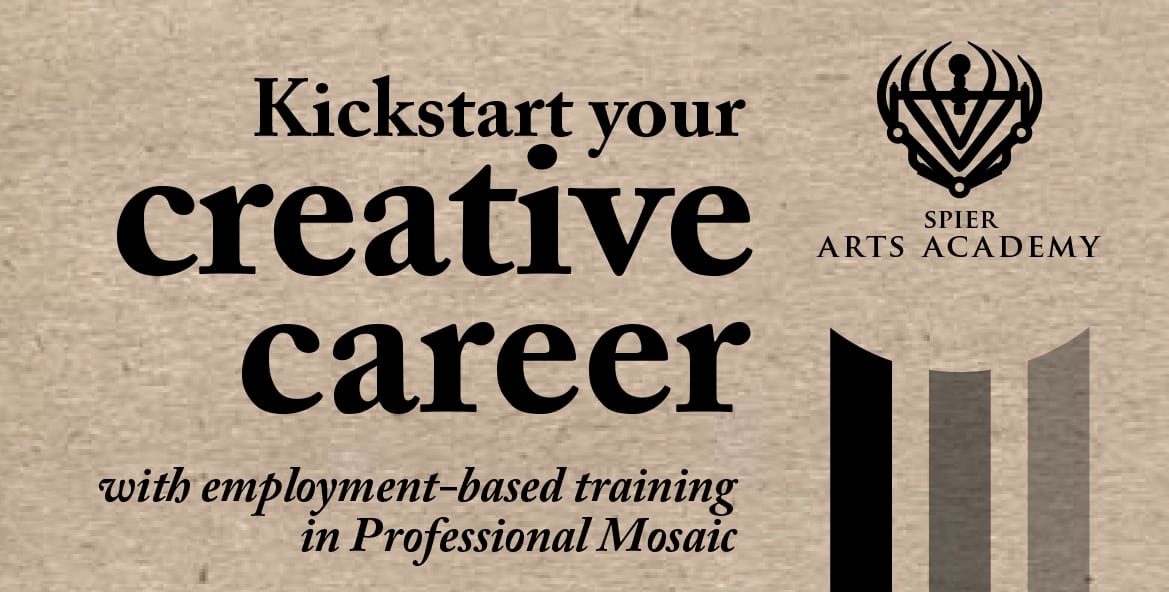The really important issues have nothing to do with the President’s private parts, writes Sandile Memela
Recent debates about the impact of Brett Murray’s works have generated more heat than light. Instead of constructive dialogue and exchange that might help to entrench freedom of expression, we have witnessed bouts of distortion, exaggeration and sensationalism.
The well-written and insightful essay by David Freedberg (‘The Case of the Spear’) given prominent coverage in the previous issue of this magazine is a case in point. It does not take us very far in helping us to understand that the brouhaha over The Spear is a normal event in the process of getting to grips with the meaning and practical definition of freedom of artistic expression in a working democracy. There has never been a country anywhere in the world that has not gone through this creative tension in which some seek to supress artistic freedom of expression while others allow it space to grow.
There are many other works by Murray that could be considered offensive and insulting but have been left alone because the substantive content is intellectually stimulating and challenges audiences to evaluate what he is saying.
Two such paintings are Tell My People I Love Them on hanged freedom fighter Solomon Mahlangu, and Killed Twice, on Black Consciousness founder and leader, Steven Bantu Biko. These allegedly denigrate two heroes of the struggle who made the ultimate sacrifice for freedom.
In order to show how Freedberg is not only one-dimensional in his perspective but predictable and monotonous, let us attempt to unearth the truth behind Killed Twice. Strangely, this is one of Murray’s least provocative paintings. In it he presents the simple yet bold statement, Biko is Dead.
At some point, someone had to declare the truth: Biko and his philosophy of Black Consciousness are dead. They have been dead for thirty-five years. They have been deader in the last twenty years under majority rule with its freedom, independence and … er, right of African people to self-determination.
The Biko who was worshipped beyond, say, 1980 was not the real Biko but a Biko re-imagined, re-invented and re-conceptualised for political and monetary gain. This is the Biko you find in movies, documentaries, on T-shirts, in seminar rooms, conferences and street names – Biko reduced to a poster boy.
Murray simply declares a fact in his not-so-great painting. Of course, many are neither shocked nor surprised that nobody is shocked by it. Instead, everybody was shocked by The Spear, which turned President Zuma into a modern-day Vladimir Lenin with his genitals exposed. By contrast, it would seem that the African world, especially in the black community, was ready to accept and embrace the ‘death’ of Biko. There was not a whimper of protest, let alone a march, when the work was mounted in the Goodman Gallery. The lack of protest must have confirmed for Murray (and others) that indeed Biko is Dead.
Sandile Memela
ORIGINALLY PUBLISHED IN ART SOUTH AFRICA V11.2



